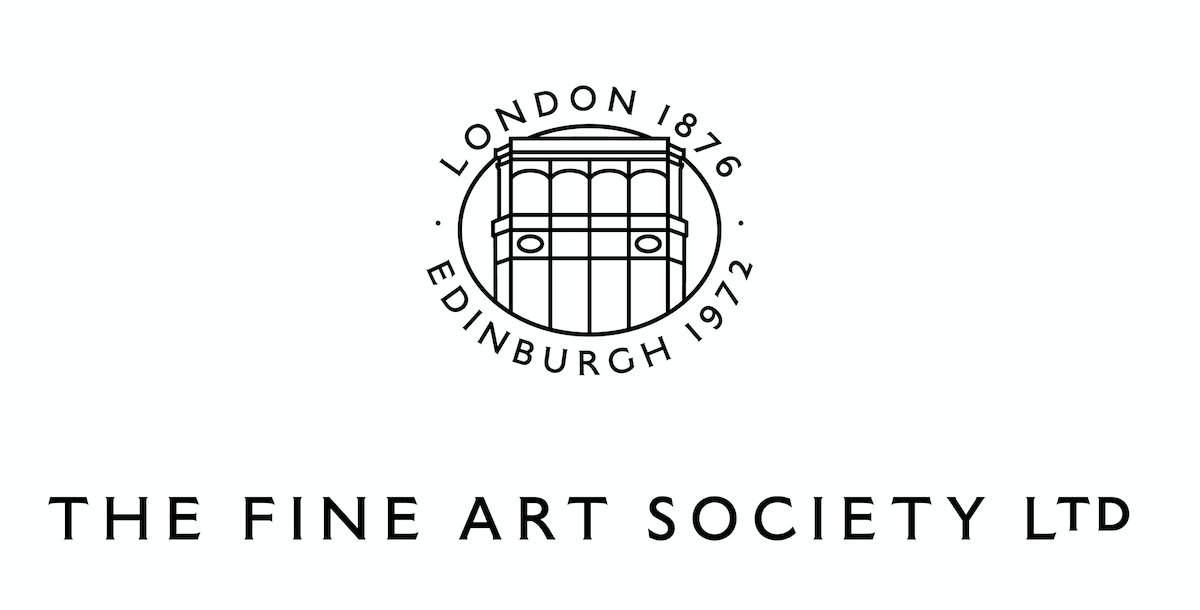Samuel Palmer: His Friends and Followers
The landscape has a fundamental place in British art. During the earlier nineteenth century it inspired the greatest British artists to paint what they saw and experienced outside their studios in England and elsewhere: Turner, Constable, Bonington, David Roberts and John Linnell. Unlike such artists, Palmer approached landscape not in response to actual scenes or to its grandeur so much as what he felt about Nature. It was a search for the spiritual rather than the descriptive: the pursuit of his visions.
Although Palmer was in many ways an outsider in the Victorian art world, his art has had a greater in)uence on later artists than that of many of his more successful contemporaries. In his small compositions he arranged features of landscape and rural life in such a way that we feel his sense of love and wonder in the face of God and His Creation. In no aspect of his art was this more apparent than in his etchings. Although they were few in number – only thirteen completed in over thirty years – he pored over them, making small alterations until the image he sought was fully achieved. The intensity of Samuel Palmer’s vision was first expressed in the drawings and paintings made in his Shoreham period, from 1826 to about 1832. He shared an idyllic existence in this small village in Kent with a number of friends, principally George Richmond and Edward Calvert, both of whom made prints at the same time. Richmond only made two, both extremely rare. Calvert made more, wood engravings, copper engravings and lithographs, techniques he mastered with extraordinary skill on a minute scale.

